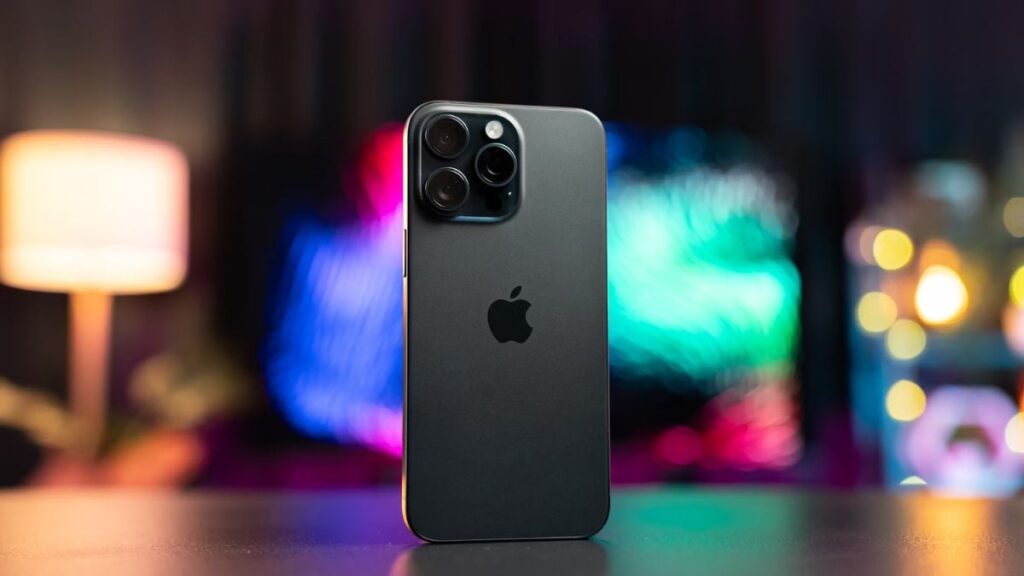The iPhone 16 is expected to be released within the next few months, and details about its various components have recently surfaced online. According to a recent report, the Cupertino-based tech firm may use Samsung’s new CMOS image sensor for its upcoming smartphone models. This sensor is expected to feature a three-plate design with advantages over the existing sensor in the iPhone 15 series. If the claims are accurate, Samsung could become Apple’s second camera sensor supplier, alongside Sony.
The iPhone 16 may have a Samsung CMOS image sensor
Elec reports that Apple is finalizing the quality of the new CMOS image sensor (CIS) supplied by Samsung. This potential switch from Sony to Samsung is believed to be related to the delays the Cupertino-based tech giant experienced in getting its image sensors last year, leading to difficulties in establishing a launch date for the iPhone 15.
Apple plans to use new technology in its camera system, following the progress of its rivals, according to the report, which adds that separating the internal components of the sensor could lead to higher pixel density, smaller pixel sizes and reduced noise.
Apple has reportedly contacted Samsung to develop a CMOS sensor for the iPhone, which is currently undergoing quality testing. This sensor is reported to have a three-plate design, each containing separate elements.
On the other hand, previous iPhone models had dual-wafer sensors, with transistors and photodiodes on the same wafer. According to the publication, Samsung’s sensor may contain wafers attached using a process known as wafer-to-wafer hybrid bonding via a copper spacer.
iPhone 16 Pro has an updated ultra-wide angle
The iPhone 16 Pro models are also reportedly equipped with 48-megapixel ultra-wide cameras, which is a significant upgrade over the existing 12-megapixel sensors. In addition, the iPhone 16 Pro is expected to have the tetraprism lens that debuted on the iPhone 15 Pro Max, which provides support for 5x optical zoom with the telephoto camera.
Apple also suggests it will introduce a new anti-reflective optical coating technology known as atomic layer deposition (ALD) for its cameras. However, it is unclear whether this will apply to the iPhone 16 Pro, the iPhone 16 Pro Max, or both phones.


